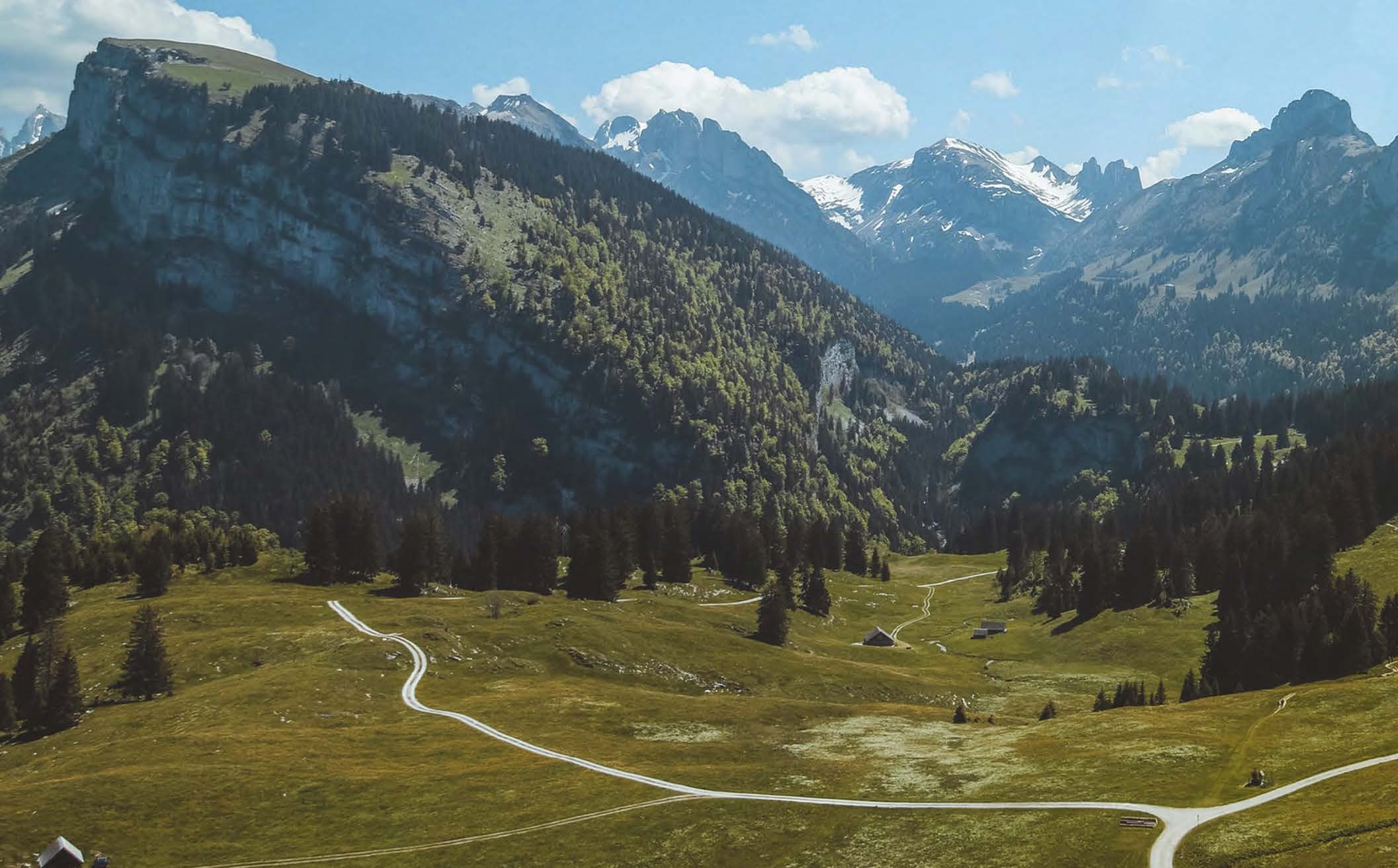
Did you know?
12th century. In the cellars of Chiaravalle
Abbey, on the outskirts of Milan, litres and
litres of milk are collected, a growing surplus
that far exceeds the amount needed by
monks and peasants in nearby towns for
their consumption.Grana Padano, genuine medieval wisdom.
The extraordinary work of the Cistercian monks with the land, cleaning it up and growing vegetables and fodder, has led to a considerable increase in cattle and, consequently, in milk production. What can be done to ensure that this nutritious foodstuff is not lost?
Making butter or fresh cheese is not an option, because neither butter nor cheese keeps much longer than the milk itself.
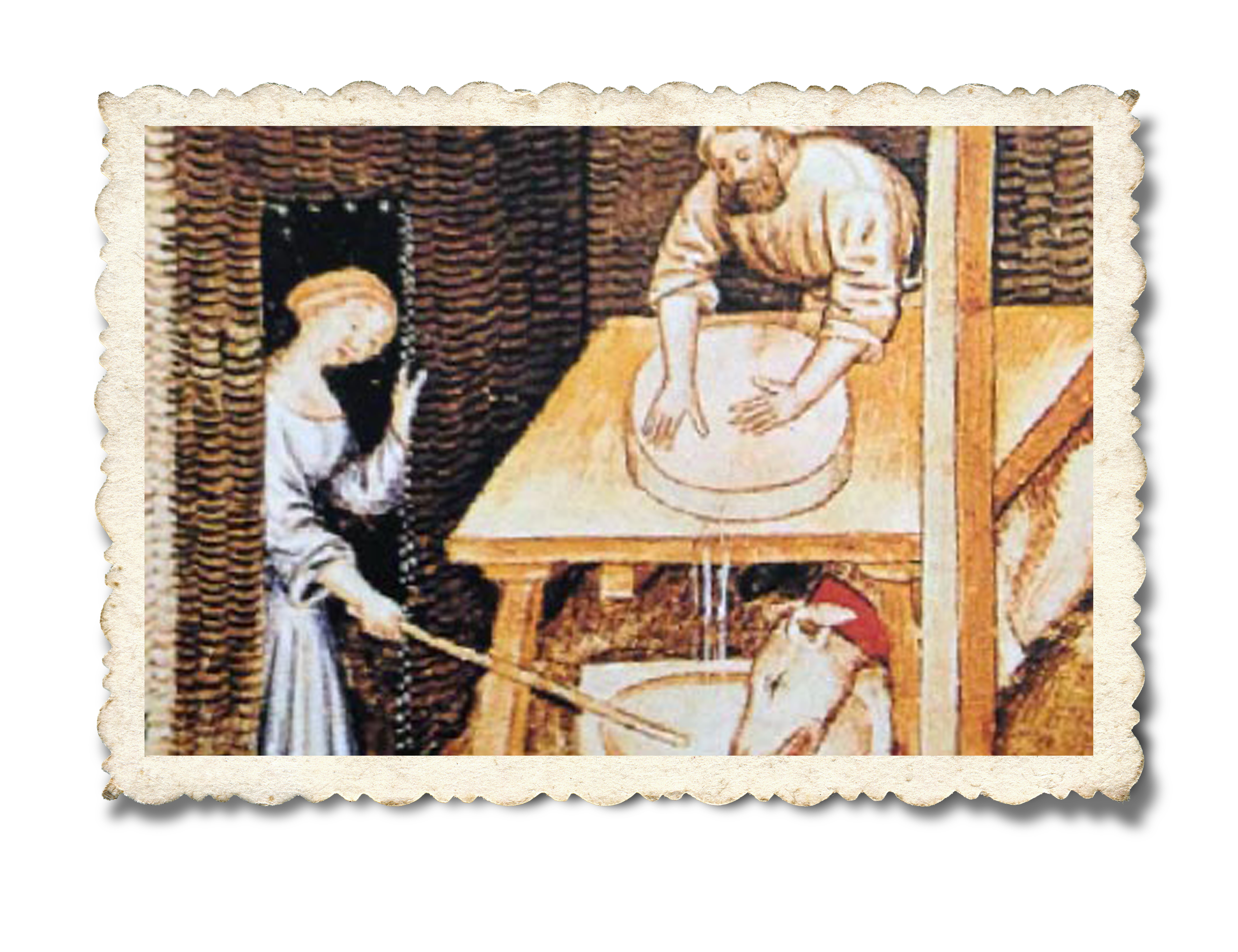
The monks studied how to prevent
so many litres of milk from spoiling
and, after a few tests, came up with
the answer.
The result is a cheese with a hard texture and a great, unmistakable taste that has become one of the landmarks of the cheese world: GRANA PADANO.
The result is a cheese with a hard texture and a great, unmistakable taste that has become one of the landmarks of the cheese world: GRANA PADANO.
Although the monks coined the newly
created variety as caseus vetus,
Latin for "old cheese", the popular
name eventually succeeded:
"formai de grana padano".
The "grain cheese"
The monks discovered that by boiling the milk and then
adding the rennet, the resulting cheese does not spoil; it
lasts for months in a row without losing its appreciated
properties: an intense flavour with sweet and milky hints,
an exceptional fragrance and a compact texture with small
white granules, the usual calcium crystallisations that
appear in some cheeses as they mature.
The new specialty became known for its granules, "grana", and for the area where it came from: padano, a cheese from the Po Valley.
Since its inception, its popularity has grown steadily. The "secret" of its production was passed on from the religious community to the valley’s lay cheesemakers, who have maintained the tradition through the centuries down to the present day.
At present, Agriform, which brings together the main cooperatives in north-eastern Italy, continues to produce GRANA PADANO according to traditional methods, as required by the Protected Designation of Origin (PDO), using raw milk from local cows, partially skimmed by natural separation.
The new specialty became known for its granules, "grana", and for the area where it came from: padano, a cheese from the Po Valley.
Since its inception, its popularity has grown steadily. The "secret" of its production was passed on from the religious community to the valley’s lay cheesemakers, who have maintained the tradition through the centuries down to the present day.
At present, Agriform, which brings together the main cooperatives in north-eastern Italy, continues to produce GRANA PADANO according to traditional methods, as required by the Protected Designation of Origin (PDO), using raw milk from local cows, partially skimmed by natural separation.
As in the past, copper cauldrons or
copper-lined vats are used, whose properties
are favourable to the production process
of this type of cheese.
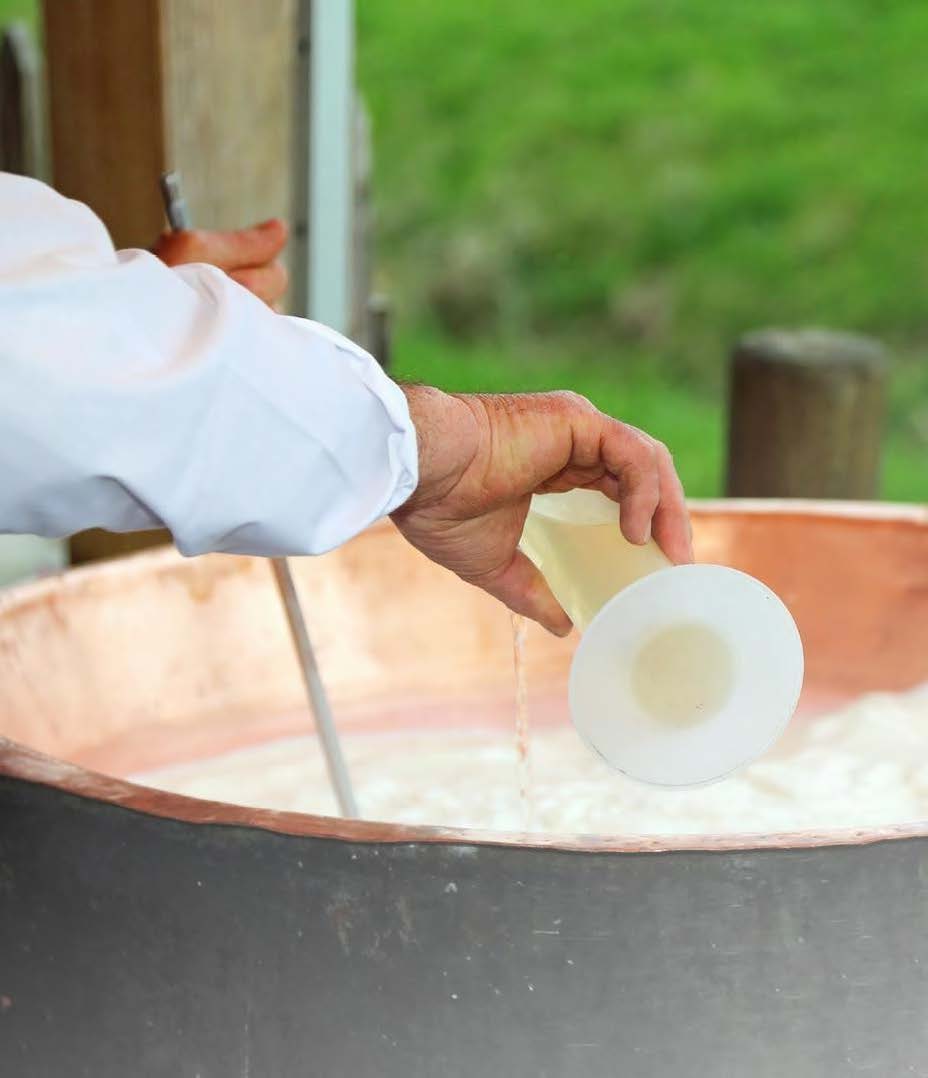
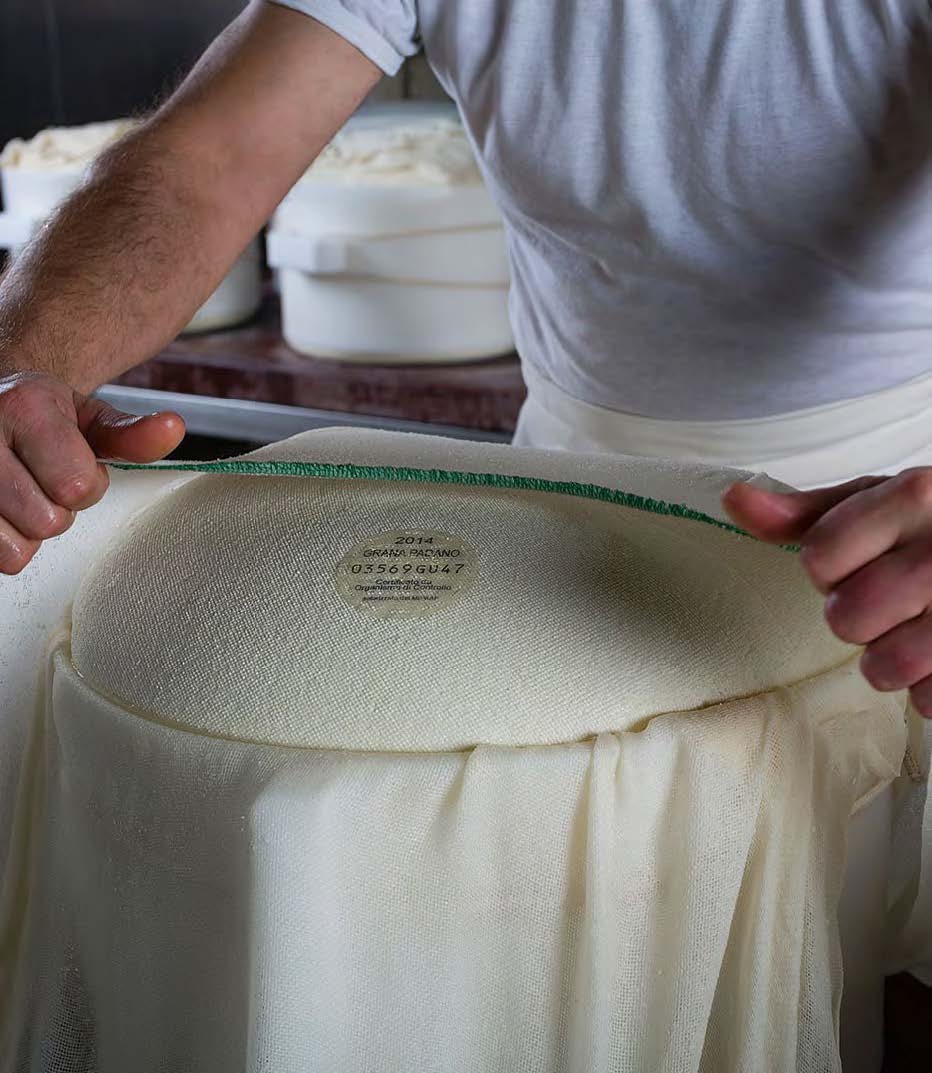
From the most luxurious palace to the most modest village
In addition to the attractive organoleptic properties of GRANA PADANO - particularly fragrant
aroma and velvety, delicately sweet taste with mild nutty notes - it has outstanding nutritional values.
An important source of calcium and vitamin B12, it also contains iodine, selenium, magnesium and
phosphorus, as well as mineral salts. Moreover, it is easier to digest than other varieties, as it has lost its
lactose during its long ripening process.
It is therefore understandable that already in the Renaissance this specialty was so highly appreciated by princes and nobles and, at the same time, was a staple food in the diet of modest peasants. There is unanimity in appreciating this exquisite variety, which is irresistible hot or cold: pasta, risottos, soups, au gratins, for meat or vegetable stuffing, on salads or carpaccio...
It is therefore understandable that already in the Renaissance this specialty was so highly appreciated by princes and nobles and, at the same time, was a staple food in the diet of modest peasants. There is unanimity in appreciating this exquisite variety, which is irresistible hot or cold: pasta, risottos, soups, au gratins, for meat or vegetable stuffing, on salads or carpaccio...
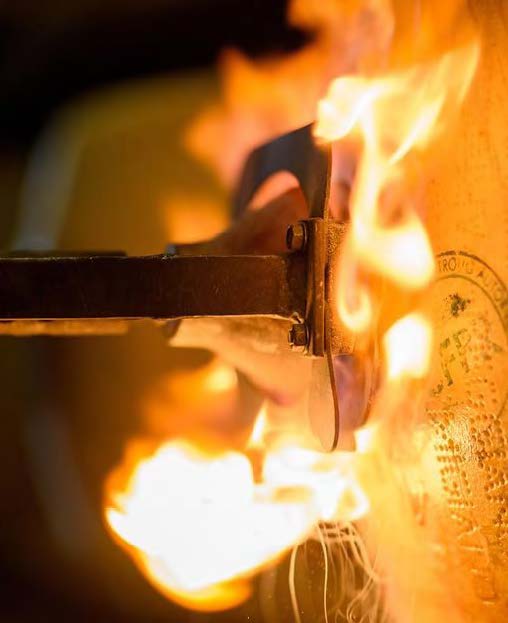
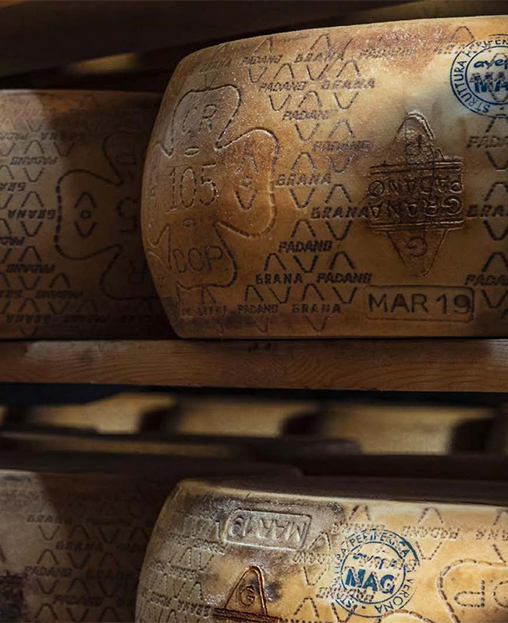
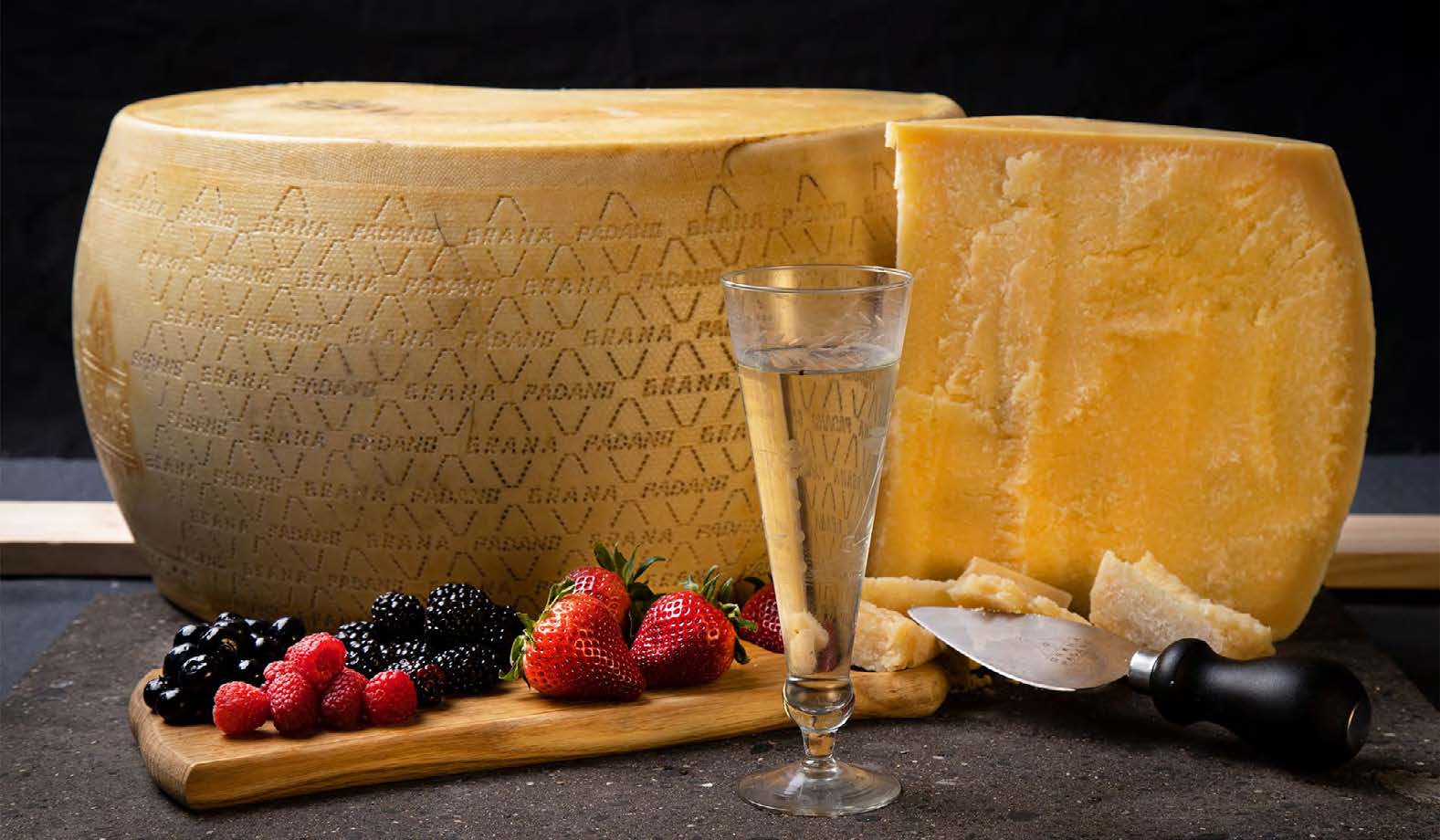


 This website has been made possible thanks to the contribution of a team of professionals who love cheese, its origins and the pleasure of eating it.
This website has been made possible thanks to the contribution of a team of professionals who love cheese, its origins and the pleasure of eating it.